30-Amp Twist Lock Meltdown
It’s usually caused by oxidation or a loose screw, not a power surge…
Hi Mike,
Our plug melted at a Wisconsin state park campground. We thought someone was burning plastic plates. We could smell it. No idea it was our plug. Image our surprise when we saw this. So lucky we didn’t burn down our camper.
Everything still works in our camper, the only thing that got damaged was our decorative outside lights (we use Christmas lights).
The questions I have for you: Can my husband fix our cord with a new end (see photo of what we bought) and what do you think caused this meltdown? FYI, it did pour rain on us that weekend. Could it have been a surge, or something else?
Any answer would be really helpful. I am really paranoid now of what could happen to us. Our camper is a 2012 FunFinder, 30-amp.
Thanks. —Carlotta
Dear Carlotta,
Glad nothing really bad happened, and thanks for the great pictures. We’re all going to learn something today….
This can be a DIY project if you’re careful
Yes, your husband can replace it himself as long as he’s careful to follow the instructions on the connector to make sure the correct color wire is terminated in the right terminal. And be careful not to over-tighten the screws or leave any wire strands hanging out.
However, you’ll most likely need to replace the male inlet on the side of your RV, as well, since there was so much overheating from the plug contacts. That amount of heat likely damaged the matching male connector and then it will be déjà vu all over again. The good news is that replacing the male trailer inlet connector is also a DIY job if you’re careful.
Did you use the locking ring?
I don’t see a locking ring on the plug you purchased. Here’s what it should look like above (see the black locking ring). If you didn’t have one on your your original plug it won’t be weatherproof and can easily twist itself out of the inlet on the RV. Both things can cause this type of failure. You need a locking ring!
Do the twist!
Also, have you been twisting the plug properly after insertion to lock it into place? If you don’t do the final 1/8” twist to lock the plug it won’t make full electrical contact internally and can overheat. I believe that’s a major cause of twist-lock connector overheating failure.
Keep it clean (and non-oxidized)
Finally, did you use contact cleaner on the connectors at the beginning of the season? That’s needed for all RV connectors that are exposed to the weather. I highly recommend DeoxIT D5 for all RV electrical connections. Yes, it’s a little pricey but you only need a spritz of it to clean off existing oxidation and prevent future corrosion. You can get it on Amazon HERE.
It’s not a surge failure…
Finally, a power surge from a nearby lightning strike would likely not cause that type of damage and leave everything else in your RV operational. The failure was most likely caused by oxidation of the contacts.
But it could also be caused by loose screws in the plug, plugging it in wrong by not twisting the plug to lock the contacts, or excessive current from running air conditioners constantly (which shouldn’t be possible if you’re connected to a properly installed 30-amp circuit breaker).
Look for signs of trouble
I would also suggest that everyone periodically inspect their shore power connections to make sure nothing is overheating, especially if you’ve been running your air conditioner nonstop. If the plug or wiring feels hot to the touch, then something is wrong. You need to address the problem immediately or you could cause a fire.
This is a “smart” time to do a SmartPlug upgrade
A better solution would be to replace your 30-amp twist-lock connectors with a SmartPlug set. More on that next week…
Let’s play safe out - Mike




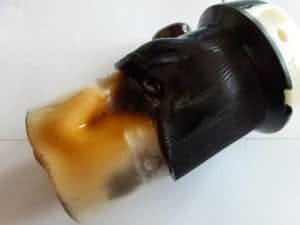


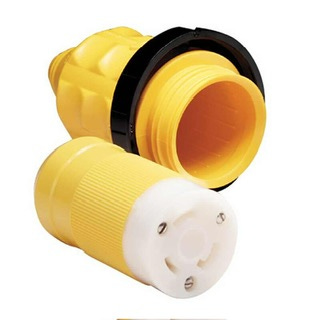
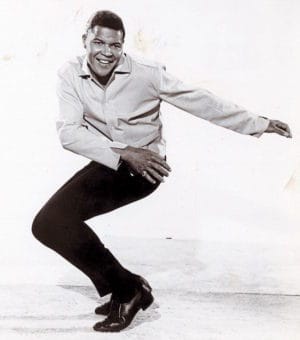
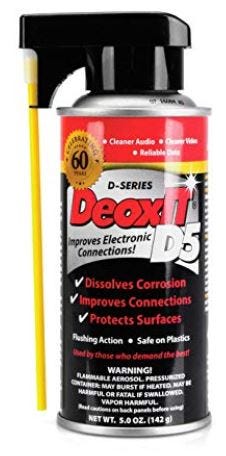
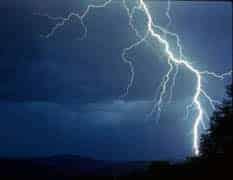

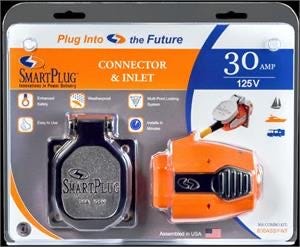

As a mobile RV tech (specializing in electrical systems) I very frequently find customers who don’t know or forget to twist the twist lock. Or that it became un-twisted due to tension on the cord. I am trying to think of a way to mark a line on the plug and receptacle to show when it is lined up correctly and help the customer remember to twist. Also putting a couple of counter clockwise twists in the cord before plugging in may help it from working itself untwisted.
Two questions - I think. If we are close to our power post at an RV park, is it a good idea to roll out our entire cord and curl it up nice and pretty anyway? We have a trailer that has the cord hard wired in and comes out of the side of the trailer? I've always wondered if bunching the cord up in that storage space can cause it to heat up.
Also, when we're boondocking I have it set up so we plug us into ourselves. I have a 2000 watt pure sine wave inverter installed near my batteries in the front crawl space. There is a heavy duty extension cord plugged into the inverter and it runs to the rear of the trailer where the power cord is. I HAVE been doing this "plug into ourselves" thing for decades now (yes, I've had solar that long) but the hard wired shore cord then sits in the storage space all jumbled up and plugged into the extension cord that leads to the inverter in the front, Is there a problem with all that cord bunched up in that small space?
I hope my explanation isn't too convoluted. I understand it completely - HA.